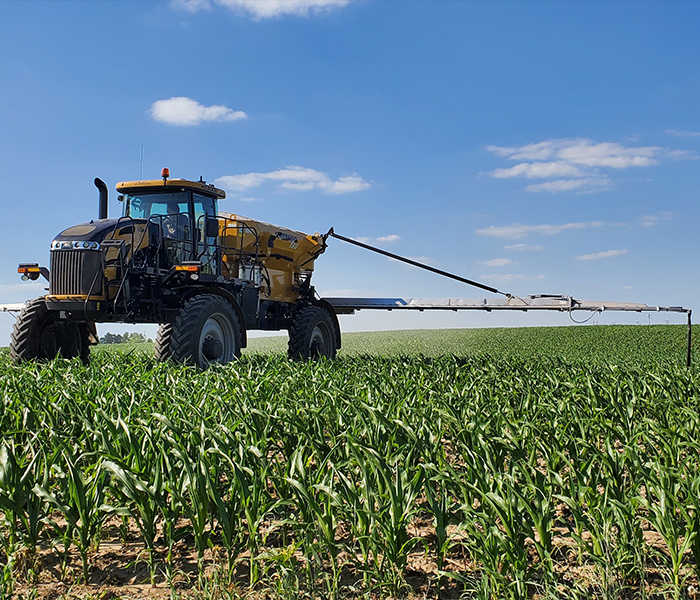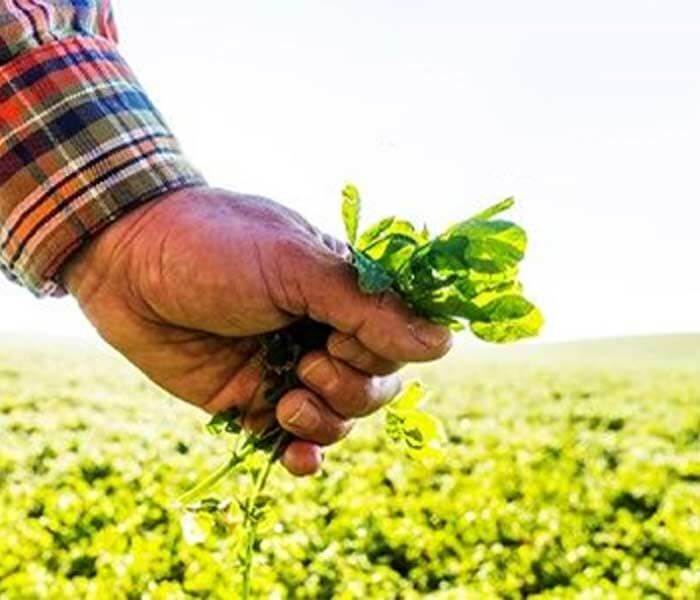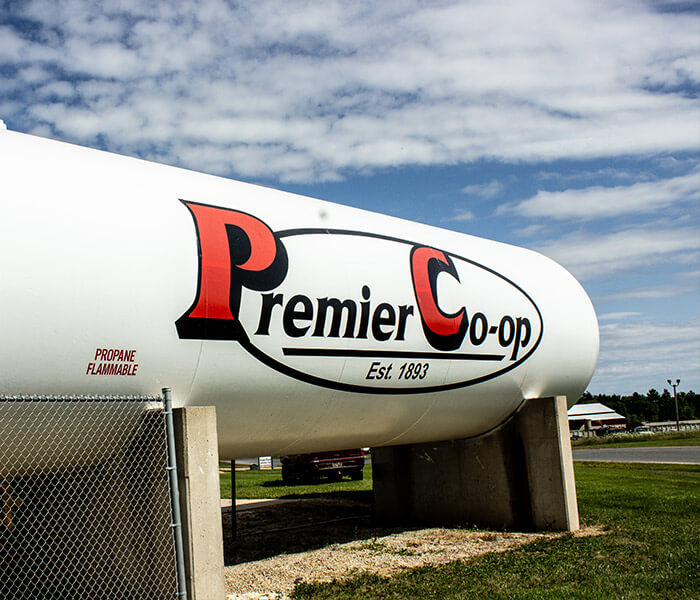Harvest Alfalfa Efficiently & Effectively
As the weather warms up, farmers are eagerly anticipating the health of their alfalfa crops after winter. Achieving high-quality hay with optimal drying times is crucial for maximizing feed value and minimizing leaf loss. This article provides practical tips and research-backed strategies to help you harvest your alfalfa efficiently and effectively.
For the first crop of hay, you can use a peak stick to estimate the Relative Feed Value (RFV) based on plant height. This method is only applicable to the first crop. At the bud stage, when alfalfa is 26 inches tall, its RFV is slightly over 170. You will lose 10-15 points through harvest, mostly due to leaf loss. Generally, be ready to cut the first crop by May 15. When the alfalfa is 26 inches tall, look for a weather window to cut; at 28 inches tall, make a cutting window. I know it's easy to talk about it but hard to get it done, especially when it seems to stop raining for just a day before starting again.
How to Get It Dryer Faster?
Research from UW Madison in 2007 on "Hay in a Day" provides valuable insights. A local custom chopper suggested it should be titled "Harvesting on Time."
Keys to Success:
- Spread the swath as wide as possible, ideally 85% of the cutting bar, to allow more air circulation through the swath.
- More crop exposed to the sun enables leaves to continue photosynthesis until 60% moisture. The plant continues to produce sugar, and moisture is pulled from the cut end of the stem through the leaves, which dry last and stay on better.
- Target moisture content of 65-60%. Sun and wind help reduce drying time.
- The first cut takes longer to dry than subsequent cuts (2nd, 3rd, 4th crops).
Expected Drying Time with Wide Swath Cutting:
- Start mowing between 9:30-11:30 AM after the dew is mostly off.
- On a "normal" day, the drying time is claimed to be 5-7 hours. In dryer weather, it may reduce to 3 hours for other crops.
If you can't spread the swath to 85% of your cutting bar, consider tedding within 1.5-2 hours of cutting to minimize leaf loss. Good luck this harvesting season and stay safe!
Roger Hoppenjan
Dairy Nutritionist




